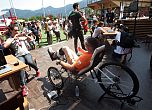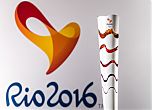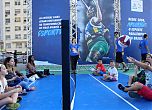
A labour of the late jeweller Lucien Finkelstein’s obsessive love for the genre’s signature bold, vivid colours, the Museu Internacional de Arte Naïf reopens at the end of April to once more give naïf art in Brazil, one of the most important centres for the genre in the world, a home to be proud of.
Moving to Brazil from France to stay with his Uncle and Aunt after World War Two at the age of sixteen, it wasn't long before the art of Heitor dos Prazeres and Miranda made an impact on the twentysomething adopted carioca. Following Finkelstein's first purchase of a canvas by Prazeres, his collection, now cared for by his daughter and grand-daughter, began, eventually earning him three honorary degrees from the state of Rio de Janeiro.
"My grandfather fell in love with the vibrancy and colour of their work," says MIAN Executive Manager Tatiana Levy. "These 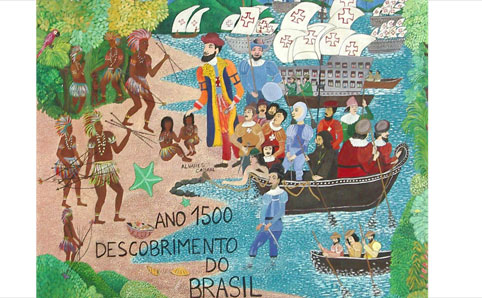 were artists not painting how they were taught to paint, but painting how they thought something should look to them - its from the heart. He called them 'anarchic poets of the paintbrush.'" Along with the likes of Italy, France and Haiti, Brazil's prolific naïf art scene found a happy home at number 561 Rua Cosme Velho, the colonial house Finkelstein bought to house his ever-growing artworks.
were artists not painting how they were taught to paint, but painting how they thought something should look to them - its from the heart. He called them 'anarchic poets of the paintbrush.'" Along with the likes of Italy, France and Haiti, Brazil's prolific naïf art scene found a happy home at number 561 Rua Cosme Velho, the colonial house Finkelstein bought to house his ever-growing artworks.
"After an exhibition of his collection at the Paço Imperial in 1988 it became clear to him that this body of work deserved its own, permanent home," Levy continues. "Before then naïf wasn't the respected art form that it is today, and having a new home, the MIAN , helped promote the genre internationally too."
A key piece at that show was Lia Mittarakis' 28m2 'Rio de Janeiro, eu gosto de você, eu gosto dessa gente feliz' ('Rio de Janeiro I love you and your happy people'), a five-year opus that Finkelstein had bought to hang at the Paço, depicting the details of the city in all their glory and that is now the proud centrepiece of the ground floor exhibition space.
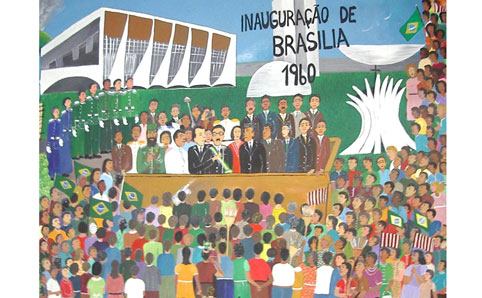 "Its a great introduction to the city," she says. "From a packed Fla-Flu at the Maracanã to the full beaches, the airports operating at full blast, a samba school parading down the sambódromo and even the Rio-Niteroí bridge without any traffic on it! You can get an idea of how the beaches are laid out, a different perspective than you get from the top of Corcovado. Plus its size means you feel like you are right inside it even more."
"Its a great introduction to the city," she says. "From a packed Fla-Flu at the Maracanã to the full beaches, the airports operating at full blast, a samba school parading down the sambódromo and even the Rio-Niteroí bridge without any traffic on it! You can get an idea of how the beaches are laid out, a different perspective than you get from the top of Corcovado. Plus its size means you feel like you are right inside it even more."
Another key work being unveiled again is the 24-metre long 'Brasil, cinco séculos’ by Aparecido Azedo (pictured above), accompanied by an audio explanation for the first time that Levy suggests demands at least an hour's attention to even begin to capture the full impact of the work. Completed in situ, Azedo was one of several naïf artists who would be paid by the museum to paint there, making it a literal as well as metaphorical centre for the genre in Brazil.
“The beauty of arte naïf is that its always figurative," Levy concludes. “You can always tell what the subject is and what the story is, and its often ecological, socio-political or religious. You can learn a lot about regional Brazilian cultures too, from the painting of cock-fighting in Recife to the boto cor de rosa Amazonian fish. Its painting from the heart.”
The Museu Internacional de Arte Naïf do Brasil, Rua Cosme Velho 561, Cosme Velho (21 2205 8612/museunaif.com.br). Open Tue-Fri 10am-6pm; Sat-Sun noon-6pm. R$20 adults, R$10 children, under 5s free.


